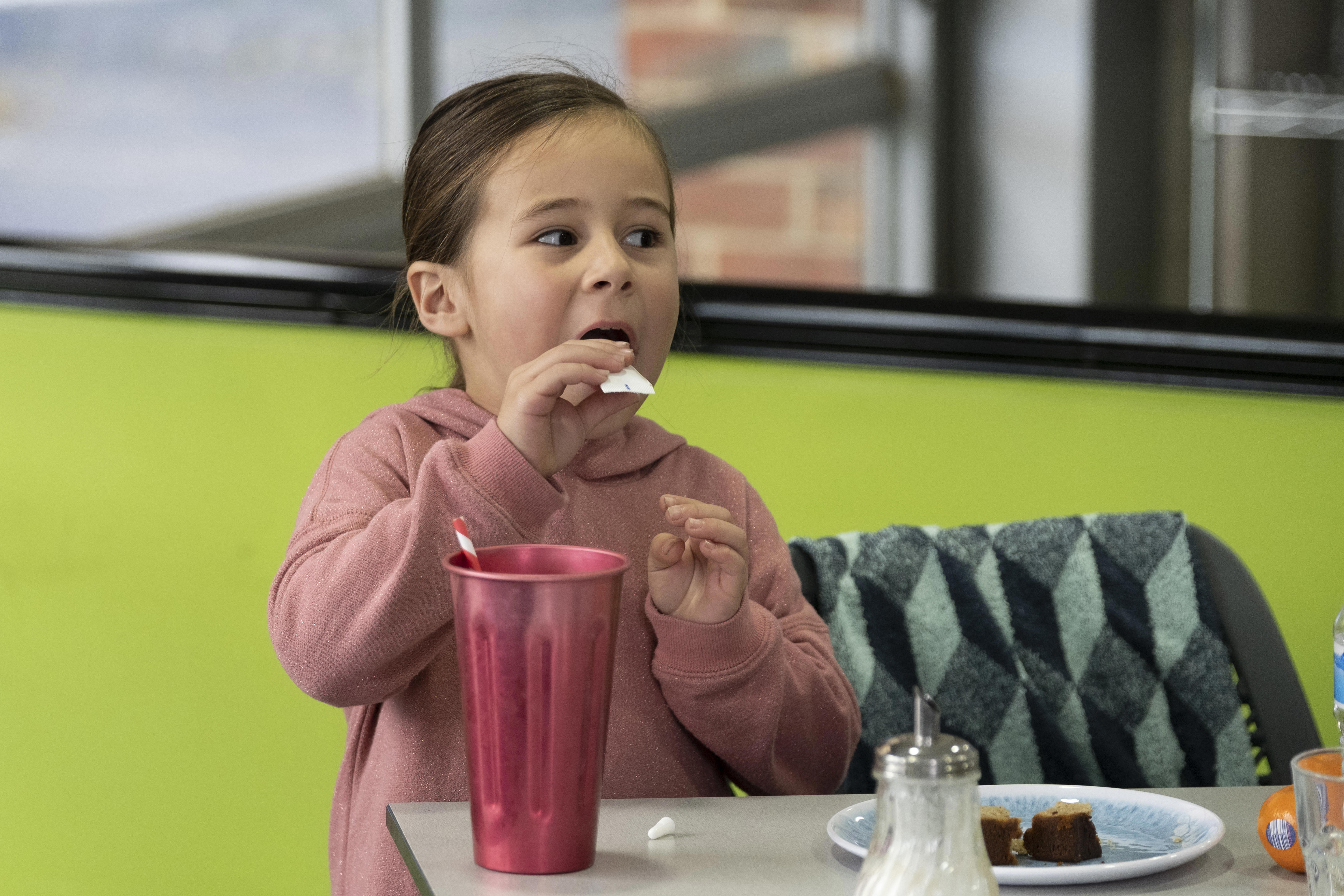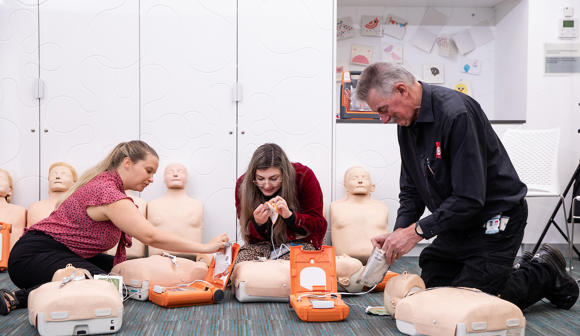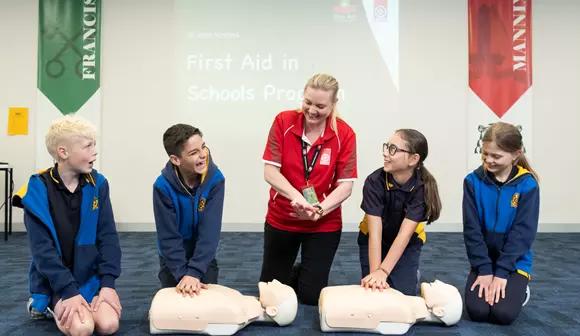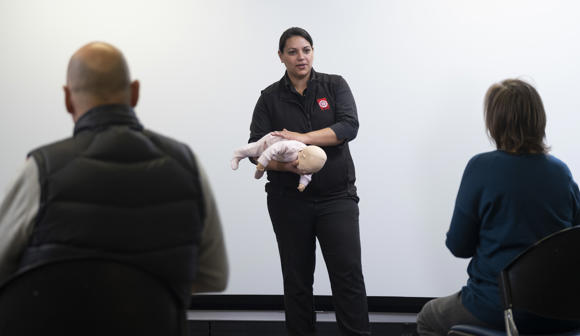First Aid for Common Household Chemical Exposures

Many dangerous substances can be found in every Australian home. These range from the obvious such as bleach and other heavy-duty cleaning products, to the less obvious such as windscreen washer fluid and air fresheners. This article will take you through some of the most common chemical exposure situations you or your family members might face, and the appropriate first aid responses.
Bleach/household cleaners: One of the most common and dangerous household chemicals is sodium hypochlorite – better known as liquid bleach. Bleach is highly toxic and can be harmful in several ways:
- Exposure to the fumes can burn the lungs and respiratory system, so it’s important to ensure adequate ventilation when using products which contain bleach. Respiratory issues linked to the inhalation of these fumes usually involve repeated exposures, however, large doses can cause acute harm. If you or a family member experience burning in the nose, mouth, throat, or chest, this may be a sign of damage. It is crucial to never mix products containing bleach with other cleaning chemicals, as a combination of bleach and ammonia produces deadly chlorine gas.
- Exposure to the skin can cause burns characterised by painful red welts, particularly if the bleach hasn’t been diluted.
- Exposure to the eyes is incredibly painful and characterised by a burning, stinging sensation.
- Ingestion of bleach represents a serious medical emergency. Symptoms can include chest-pain, gagging, burning pain in the mouth and throat, difficulty speaking and swallowing, and irregular heartbeat. In severe cases, a poisoned individual can go into shock and slip into a coma.
Mercury: Though no longer as common due to the rise of LEDs, fluorescent-lamps and light bulbs still exist in many homes and contain mercury – a highly toxic compound. Photography equipment, old-fashioned thermometers, and certain paints can also contain mercury. Mercury enters the body through the skin and via inhalation of particles in the air, and prolonged exposure can cause significant damage to bodily systems. Acute exposure to mercury can cause chest discomfort and pain, shortness of breath, and a possible build-up of fluid in the lungs.
Pesticides: Many pesticides contain compounds known as organophosphates – powerful nerve agents that can be incredibly dangerous. Household pesticides are typically less potent than those used in commercial agriculture, however, they still pose a serious health risk. Inhalation, skin contact, and ingestion can produce a variety of symptoms depending on the product and the extent of the exposure, but common symptoms include blurred vision, difficulty breathing, and sweating. In severe cases, tremors, seizures, and even coma can occur.
Glues, paints & aerosols: Many household products including glues, paint and paint-thinners, spray-style deodorants and other aerosol products, and others contain hydrocarbons or fluorocarbons. Hydrocarbons and fluorocarbons are hazardous substances which can cause severe reactions when ingested or inhaled. Most at risk are those who deliberately inhale these substances to become intoxicated, a practice commonly referred to as ‘glue sniffing’. This can cause irregular heartbeat, brain damage, and cardiac arrest. Ingestion of products containing these substances can lead to serious respiratory problems such as pneumonia. Coughing, choking, drowsiness, and seizures are amongst the symptoms that can result from inhalation or ingestion of hydrocarbons, and often symptoms may not present for several hours after exposure.

First Aid for Chemical Exposures
First Aid for ingested poisons:
- Do not induce vomiting
- Do not give anything by mouth
- Wash poison off mouth and face with water
First Aid for inhaled poisons:
- Move patient to fresh air in a well-ventilated area
- Loosen tight clothing
- If the condition worsens, call 000
First Aid for absorbed poisons:
- Protect yourself with gloves before treating the patient
- Remove contaminated clothing off the patient
- Flush affected areas in the shower with large amounts of running water

Remember, whilst many common household poisoning scenarios can be successfully treated, prevention is always the best remedy. Ensure hazardous products and chemicals are properly stored and out of reach of children. Labels and warnings should always be observed, and safety measures should always be taken when appropriate.
A huge number of household products can potentially cause harm, and if you suspect a poisoning case, contact a Poisons Information Centre at 13 11 26 who can provide further advice. In the case of an emergency – when someone has collapsed, stopped breathing, or is having a fit – always call 000 immediately.

HLTAID011 PROVIDE FIRST AID
Suitable for both people in workplaces and members of the public who would like a comprehensive first aid course.

FIRST AID IN SCHOOLS PROGRAM
This free program teaches primary school students the importance of First Aid and what to do in an event of an emergency.

CARING FOR BABIES AND KIDS
Designed for parents and carers. Learn to manage basic first aid situations specific to babies and kids up to 7.
